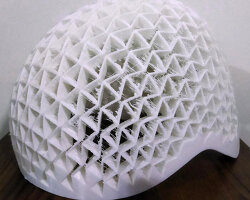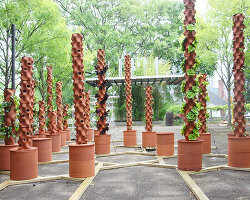KEEP UP WITH OUR DAILY AND WEEKLY NEWSLETTERS
explore the series of high-tech toys and devices designed with modern features for adults.
its external body features abstract semi-circles in white and gray over a warm gray base, subtly evoking the ripples and waves of flowing water.
connections: +430
designboom interviews chief design officer gorden wagener to discuss the ‘frunk’, AI agents that detect the driver’s moods, and more.
a real-life model of the two-wheeler appears at honda welcome plaza aoyama in tokyo, japan in march 2025.
connections: +550
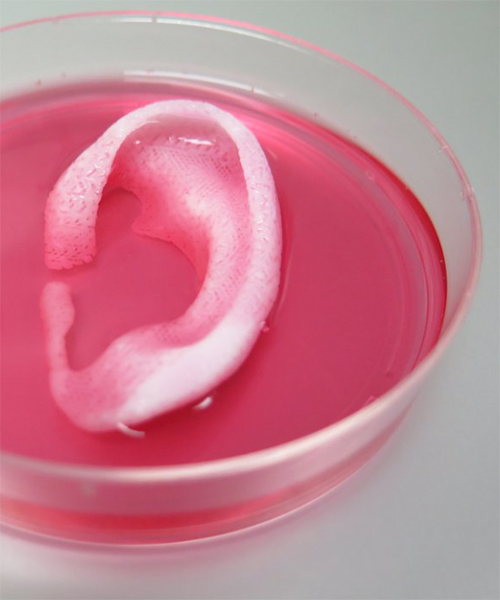
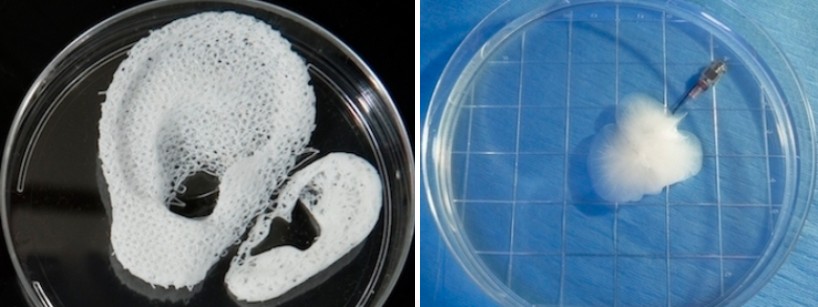 the tissue be generated in the lab
the tissue be generated in the lab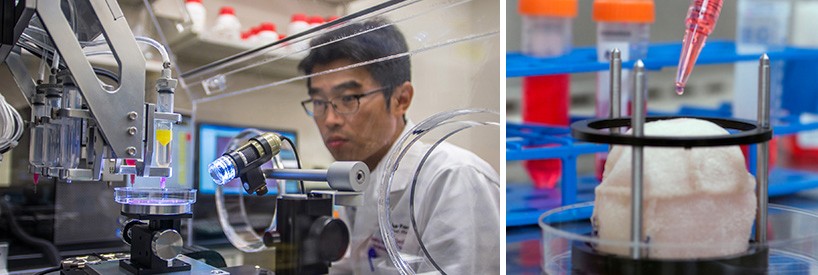 scientists developed a new printing machine for creating the tissue
scientists developed a new printing machine for creating the tissue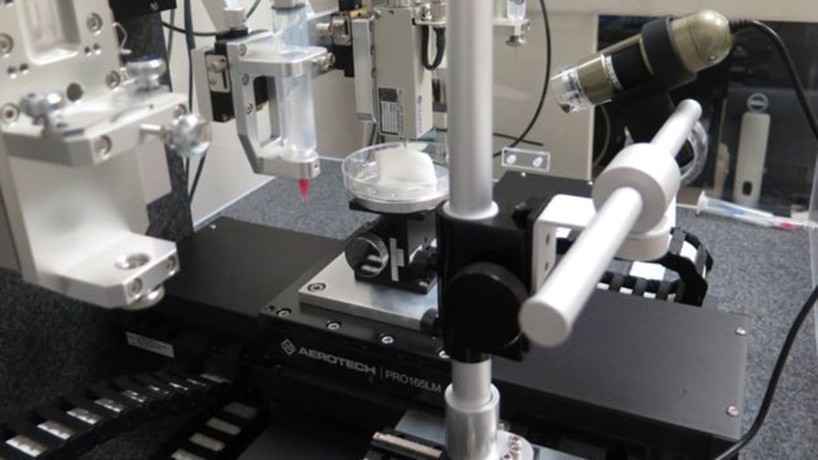 the printer from new tissue to exact dimensions for a patient
the printer from new tissue to exact dimensions for a patient